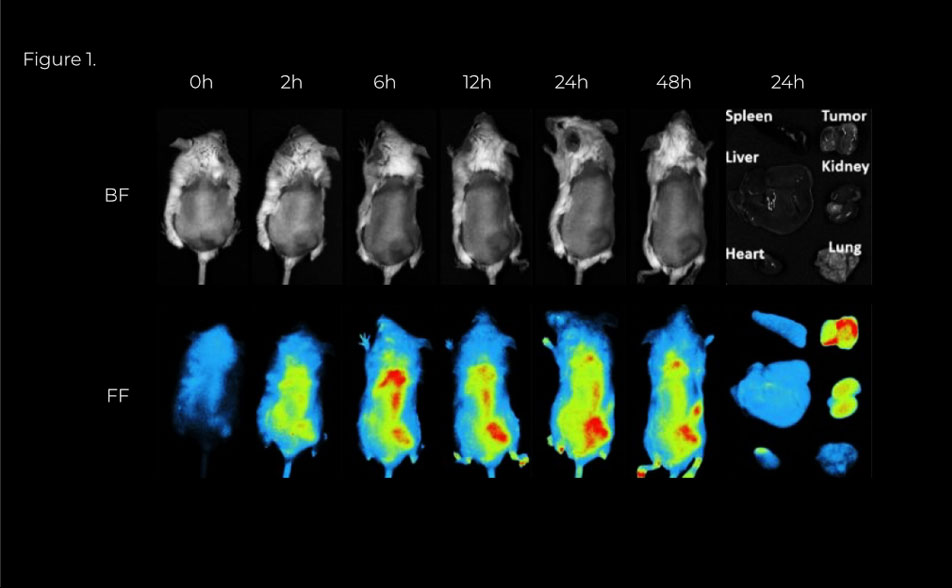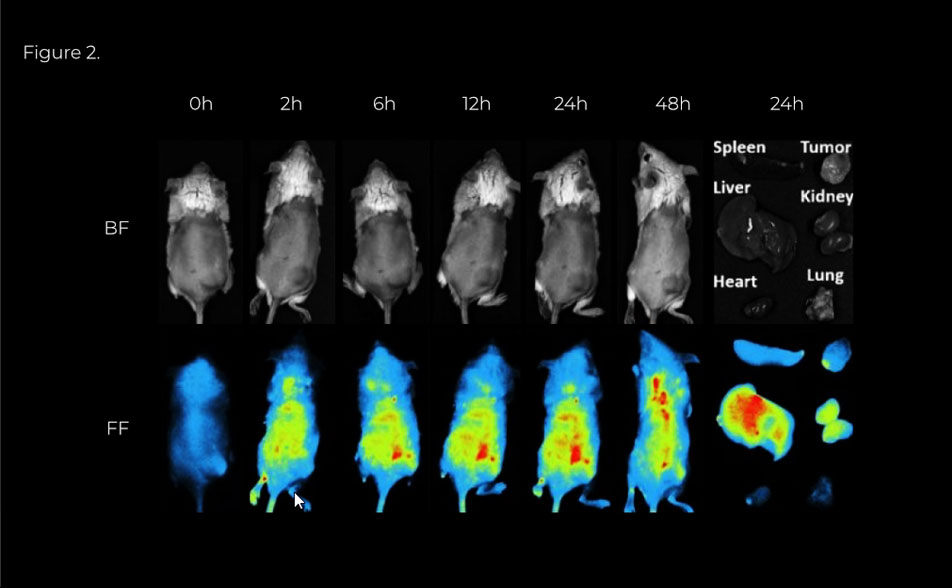Stimuli Responsive PEGylated Bismuth Selenide Hollow Nanocapsules for Fluorescence/CT imaging and Light-Driven Multimodal Tumor Therapy
Authors
Lihong Sun a, b, Qian Li a, b, Lei Zhang c, Huihui Chai a, b, Ling Yu a, b, Zhigang Xu a, b, Yuejun Kang a, b, Peng Xue a, b (2019)
a. Key Laboratory of Luminescent and Real-Time Analytical Chemistry (Southwest University), Ministry of Education, School of Materials and Energy, Southwest University, Chongqing 400715, China. E-mails: xuepeng@swu.edu.cn (P. Xue)
b. Chongqing Engineering Research Center for Micro Nano Biomedical Materials and Devices, Southwest University, Chongqing 400715, China
c. Institute of Sericulture and System Biology, Southwest University, Chongqing 400716, China
Introduction
Nanoparticles (NPs) have emerged as attractive drug carriers for intracellular delivery in the field of nanomedicine. To achieve an optimum antitumor efficacy, NPs have been developed to enhance the intracellular delivery of therapeutic molecules. As an example, bismuth chalcogenides nanomaterials, bismuth selenide (Bi2Se3) NPs possess high photoelectric absorption coefficient of Bi and an antitumor activity of Se element. However, solid Bi2Se3 NPs present a considerable low drug loading efficiency due to their limited surface area. Alternatively, researchers reported a highly porous Bi2Se3 sponge with expanded surface area for encapsulating chemotherapeutic drugs to achieve synergistic thermo-chemotherapy. Moreover, to be effective, Bi2Se3 NPs has to be coupled with other functional modalities for cancer theranostics such as Chlorin e6 (Ce6). Ce6 is a photodynamic therapy (PDT) agent with near infrared (NIR) fluorescence emission. Since free Ce6 molecules are incapable of effective tumor targeting, resulting in a rapid degradation and blood clearance during long-term circulation, it can be coupled with Bi2Se3. This combination gives way to photodynamic therapy (PDT) which is a noninvasive therapeutic strategy for adjuvant treatment of cancer or other diseases.
Objective
In this study, we developed a multifunctional nanoagent platform on the basis of hollow mesoporous Bi2Se3 nanocapsules (NCs) for fluorescence/CT bimodal imaging and chem/photothermal/photodynamic combination therapy of cancer. The integration of Ce6 and PEG endows Bi2Se3 NCs with unique advantages for achieving an improved performance both in tumor diagnosis and therapy, as well as long term stability in blood circulation, which are regarded as substantial progress on the basis of primary studies.
Material & methods
Female BALB/c mice (4-6 weeks of age, 22~25 g each) were subcutaneously inoculated with 4T1 cells (1×106 in saline) on dorsal side. Then, all the mice were raised and housed in animal house for ~10 days till the tumor volume reached 150~200 mm3.
Preparation of hollow mesoporous Bi2Se3@PEG NCs.
A multifunctional nanocomplex (Bi2Se3@PEG/DOX/Ce6 nanocapsules, or BPDC NCs in brief) has been developped that was constructed by loading chlorin e6 (Ce6) and doxorubicin (DOX) into PEGylated hollow bismuth sulfide nanocapsules. After the surface modification with PEG, antitumor drug of DOX and photosensitizer Ce6 were loaded into hollow Bi2Se3 NCs via hydrophobic action and electrostatic adsorption.
Fluorescence/CT imaging property.
For fluorescence imaging in vivo, BALB/c mice bearing 4T1 tumors were intravenously injected with BPDC NCs (equivalent DOX concentration : 4 mg·kg-1). At predesigned time points, infrared fluorescence images of mice were acquired using a fluorescence imaging system (Fusion FX7 Spectra, VILBER, France). The mice were sacrificed at 24 h post-injection, and tumors as well as major organs were excised for ex vivo imaging.
Results
Figure 1. In vivo antitumor effect and biosafety of BPDC Ncs. Ascribed to the intrinsic fluorescence property of Ce6, the fluorescence imaging capacity of BPDC NCs was studied in BALB/c mice bearing 4T1 tumors upon intravenous injection (Figure 1.). At 24 h post-injection, effective accumulation and enrichment of BPDC NCs was found in solid tumor region, as evidenced by the strong local fluorescence emission. The ex-vivo imaging of tumors and major organs further confirmed higher tumor uptake and retention of BPDC NCs because of their prolonged blood circulation than free Ce6 (Figure 1. & Figure 2.).
Results
Nanoparticles (NPs) have emerged as attractive drug carriers for intracellular delivery in the field of nanomedicine. This study has successfully designed and synthesized a multifunctional theranostic agent (BPDC NCs) by loading DOX and Ce6 into PEG-SH decorated hollow mesoporous Bi2Se3 NCs, which can be specifically delivered into the tumorous tissue through the EPR effect as evidenced by the fluorescence imaging. As expected, BPDC NCs demonstrated a remarkable anti-tumor effect in vivo, resulted from not only the rapid tumor-specific accumulation but also the combined PTT/PDT/chemotherapy effect. Moreover, minimum systemic toxicity of BPDC NCs ensures their reliable biosafety for clinical applications. Taken together, this proof-of-concept study may enlighten the development of a series of strategies for imaging-guided multimodal tumor therapy by using functional inorganic metal chalcogenides.



